I’ve always been a bit of a poor speller. I kept post-it note lists of my dodgy words in the back of my notebooks throughout university and into most of my seventeen-year career in transport planning. You can say what you like about the present-day primary school curriculum, but my nine-year old definitely has the spelling thing nailed better than I ever did.
You can imagine, then, that having to learn a potting-shed load of ‘foreign’ words for a horticultural qualification throws up a few difficulties for me. There are some that just don’t seem to stick. Hopefully, through the process of writing this blog post, I might be able to conquer these four:
Fuchsia
Now, I could be forgiven for always wanting to spell this as ‘fuschia’ because that is honestly how everyone seems to pronounce it. If you say it in any other way, people just look at you as if you are weird (not far wrong there, I suppose). I even just chanced across a garden centre website that had it spelt incorrectly too.
Mycorrhizae
The number of ‘r’s’ and the position of the ‘y’ and ‘i’ seem to fox me every time. Mycorrhizae is the plural for the beneficial mycorrhizal fungi that exist in a symbiotic relationship with plant roots. They take sugars from the plant roots and supply it with moisture and nutrients gathered from the soil by their fungal strands. In this way, they become an extension of the absorptive area of the plant’s root system.
Phytophthora
This is a filamentous fungus-like pathogen (technically, an oomycete) that is responsible for phytophthora root and stem rot in a range of plants and trees. They thrive in wet soils and the symptoms above ground are tricky to distinguish from those due to waterlogged soil itself. The foliar symptoms of potato and tomato blight are also caused by the Phytophthora pathogen; P. infestans.
Metasequoia glyptostroboides
Now that one is a bit of a mouthful. It featured in one of our RHS Level 2 practical identification tests. Fortunately, we get supplied with a book of botanical names for the ident tests, so assuming you can remember the plant name, it’s possible to look up the exact spelling. This is a deciduous conifer, the dawn redwood. It turns yellowy-orange before dropping its needles for the winter.
Apparently dawn redwoods are an endangered species, so it was pretty devastating when the college felled the mature specimen at Cheadle, on the basis that the roots were interfering with the drains. The general feeling in other camps was that some stakeholder consultation (such as, with the college’s head of horticulture) would have been appreciated, not to mention consideration of the option, like, trimming the roots - especially as the drains are scheduled to be re-laid anyway.
Not to worry though. The head of horticulture is putting in a claim for three young Metasequoia glyptostroboides specimens to plant in replacement. Next year’s Level 2 classes haven’t got out of learning that one after all.


